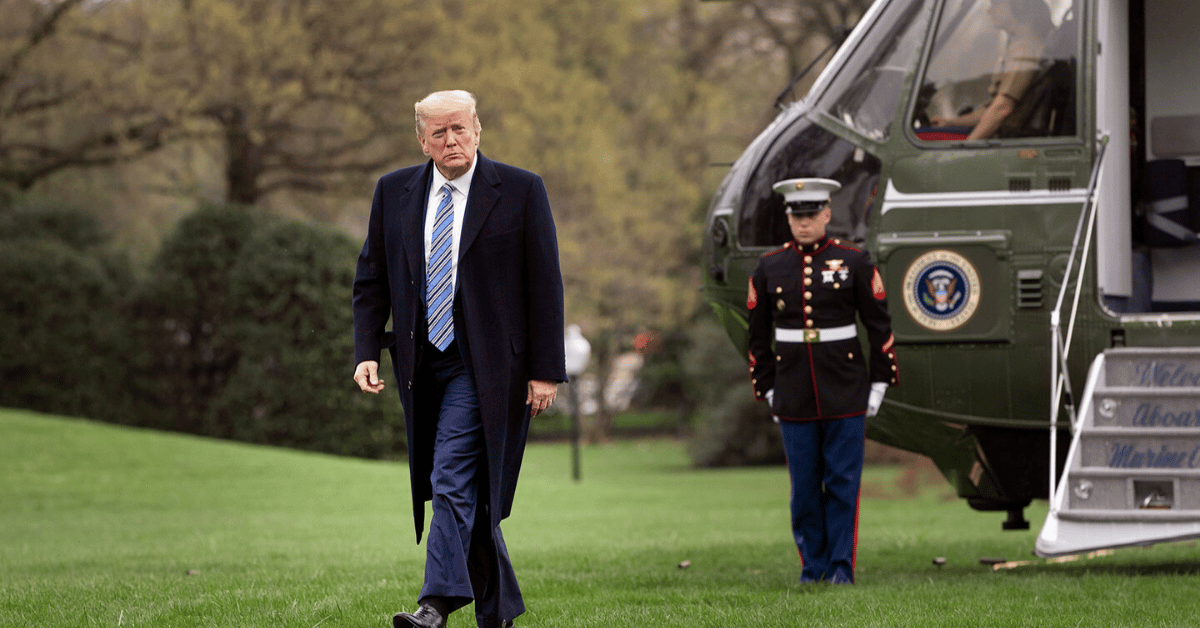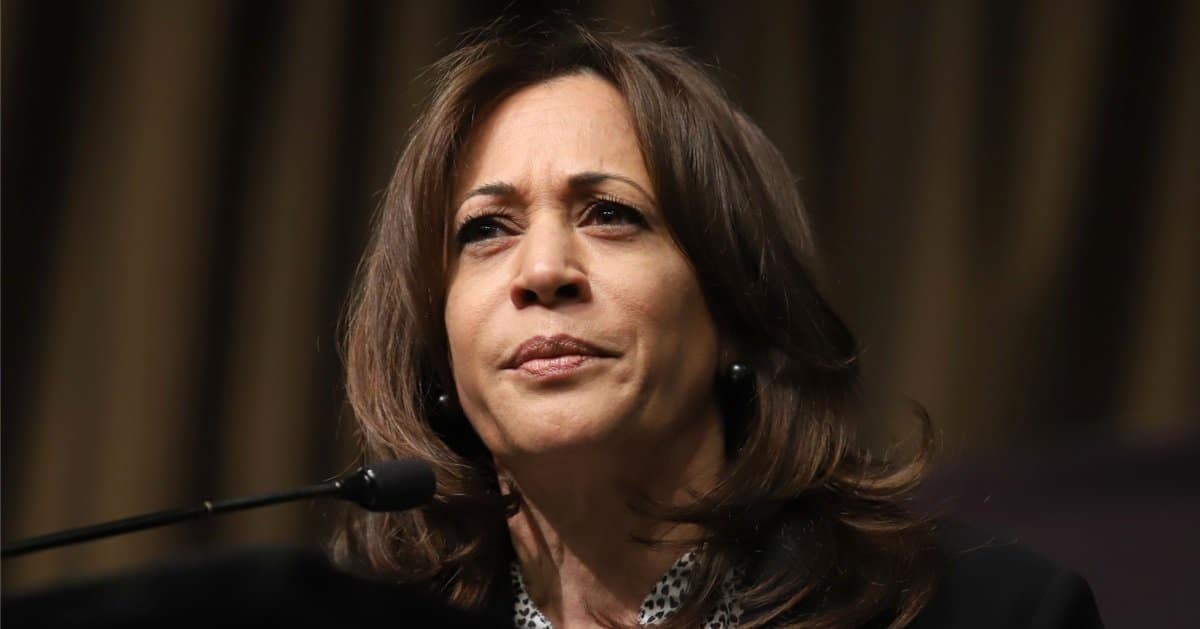

Relations between the United States and the European Union are not just warming up; they’re practically on fire under the bold leadership of President Donald Trump and E.U. Commission President Ursula von der Leyen.
Breitbart reported that this powerhouse duo has steered transatlantic cooperation to new heights with a historic trade agreement, high-stakes diplomatic engagements, and joint efforts on global crises like the conflicts in Ukraine and Gaza.
The journey kicked off with pivotal meetings between Trump and von der Leyen in Scotland, Washington, D.C., at a NATO summit, and during the United Nations General Assembly in New York, setting the stage for a renewed partnership.
A blockbuster trade deal, first unveiled at Trump’s Turnberry golf resort in Scotland on July 27, 2025, was finalized in late August, marking it as the largest of its kind between any two entities worldwide.
Representing a staggering 35 to 45 percent of global GDP, this agreement—with annual trade valued at 1.7 trillion euros or 4.5 billion euros daily—bolsters over 10 million jobs across the Atlantic.
Specifics include slashed tariffs on American cars in the E.U., a U.S. executive order setting a flat 15 percent tariff rate, joint energy sector purchases, and a commitment to sell 40 billion euros' worth of semiconductor chips to Europe.
Beyond trade, security remains a cornerstone of this alliance, with both sides doubling down on support for Ukraine against Russian aggression through sanctions, tariffs, and military aid.
At a NATO summit, leaders pledged an ambitious 5 percent of GDP for defense spending, potentially unlocking over $1 trillion in less than five years, while the E.U. plans a 150 billion euro investment in security industries.
European backing for Ukraine already tallies $185 billion, with over $60 billion in defense aid, as NATO and E.U. nations purchase U.S.-made military gear to sustain the fight.
Trump’s diplomatic muscle flexed further with a White House meeting hosting von der Leyen, other European leaders, and Ukrainian President Volodymyr Zelensky, following talks with Russian President Vladimir Putin in Alaska to push for peace in Ukraine.
On another front, Trump brokered a major deal to end the conflict in Gaza, which Hamas conditionally accepted, with the E.U. expressing support and readiness to aid rebuilding efforts alongside the U.S. and Gulf nations.
“The most important element and the most important message is actually the peace,” said Jovita Neliupšienė, E.U. Ambassador to the U.S., during an exclusive interview on October 1, 2025, at the E.U. Delegation headquarters in Washington, D.C.
Turning to shared domestic headaches, Europe grapples with migration woes akin to America’s, recalling a 2015 crisis spurred by conflicts in Libya, Syria, and parts of Africa, which saw tragic losses at sea.
New E.U. laws, set to roll out next year, aim to manage legal migration pathways, curb unauthorized entries, and expedite returns—currently, only one in five mandated returns to safe countries occurs—while investing in digital border tech and addressing root causes in origin nations like Africa.
“We have to invest quite a lot of technology at the border so you can actually see the people crossing and tackle the problem without having hundreds of thousands of border guards,” Neliupšienė noted, highlighting a pragmatic approach that could teach a thing or two to policymakers stateside who often seem stuck on symbolic walls rather than smart solutions.



